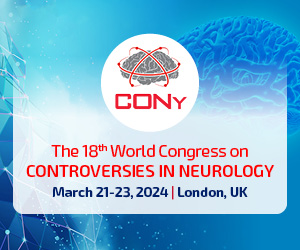SYMPOSIUM: VIRUS DISEASES. Poliovirus
Paweł P. Liberski, Joanna Smoleń, Tomasz J. Wąsik, Beata Sikorska
 Affiliation and address for correspondence
Affiliation and address for correspondenceThe poliovirus is classified among the family Picornaviridae and genus Enterovirus. Due to intensive vaccinations with Salk and Sabin vaccines, the worldwide polio epidemics belong to the past; the eradication of polio in the Western countries was achieved by 1991. Neuropathologically, the major changes occur in the anterior horn cells of the spinal cord; lesions are also seen in the brain stem, pons and the cerebellum. The cerebral cortex, except for the precentral gyrus, is unaffected. The disease is biphasic. Initially, it is manifested as a typical viral illness with headache and pharyngitis. Following the incubation period lasting from 9-12 days, the temperature rises again; the signs of meningismus, nausea and vomiting, somnolence or agitation are observed. In a few days, signs of flaccid paralysis including respiratory muscles follow. In 25-60% of survivors, the postpolio progressive muscular atrophy, PPMA develops.








